Cleaning Up California’s Oil Graveyards
Santa Barbara Assemblymember Gregg Hart Announces Bill to Make Oil Operators Plug Their Idle Wells
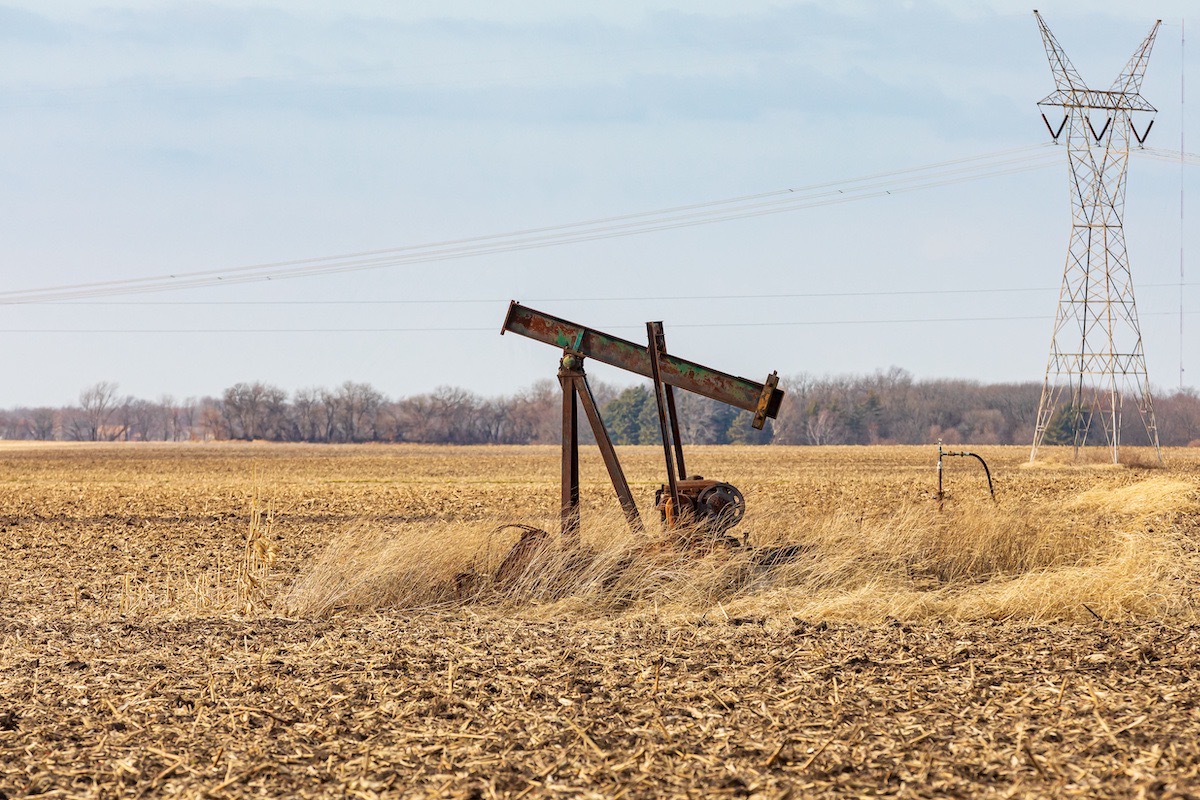
Thousands of leaking, idle oil wells are scattered across California, creating toxic graveyards symbolic of a dying industry.
To tackle this “urgent climate and public health crisis,” Santa Barbara Assemblymember Gregg Hart introduced Assembly Bill 1866 last week. The bill would mandate oil operators to develop plans to plug the 40,000 idle wells (and counting) in the state within a decade, prioritizing those within 3,200 feet of vulnerable communities.
Santa Barbara ranks among the top five California counties with more than 1,600 idle and orphan wells, with many of these wells leaking harmful methane gas.
“The facts are clear — this serious problem is getting worse and can’t be ignored,” said Hart.
Weak state laws have allowed oil companies to neglect idle wells and skirt by without plugging them or paying cleanup costs, which too often fall to the state.
Ann Alexander, senior attorney with the Natural Resources Defense Council, calls the system “very badly broken.” Companies “just sit indefinitely on their defunct wells” as they leak methane gas, pollute the air, and contaminate groundwater. Additionally, only three companies own nearly 70 percent of California’s idle wells: Chevron, Aera Energy, and California Resources Corporation.
Santa Barbara County is no stranger to oil’s costly legacy. Last fall, the county announced its plan to spend $3.7 million to repair an “unpluggable” well at Toro Canyon Creek. Drilled in the 19th century, this idle well has leaked thousands of gallons of crude oil since the 1990s, contaminating waterways and killing wildlife as a result.
The Sierra Club estimates it will cost $528 million to plug all wells in Santa Barbara County. That price tag goes up to $10 billion to plug the entire state. Assemblymember Hart said AB 1866 could protect taxpayers from footing the bill, as well as create jobs and safeguard communities.
Adding to the brigade, the nonprofit Well Done Foundation (WDF), which plugs wells nationwide, recently secured its first project in Santa Barbara County. The Santa Barbara County Legacy Orphan Well Project is aimed at plugging orphan wells leaking methane into nearby towns while restoring surrounding areas, starting in Orcutt and Santa Maria.
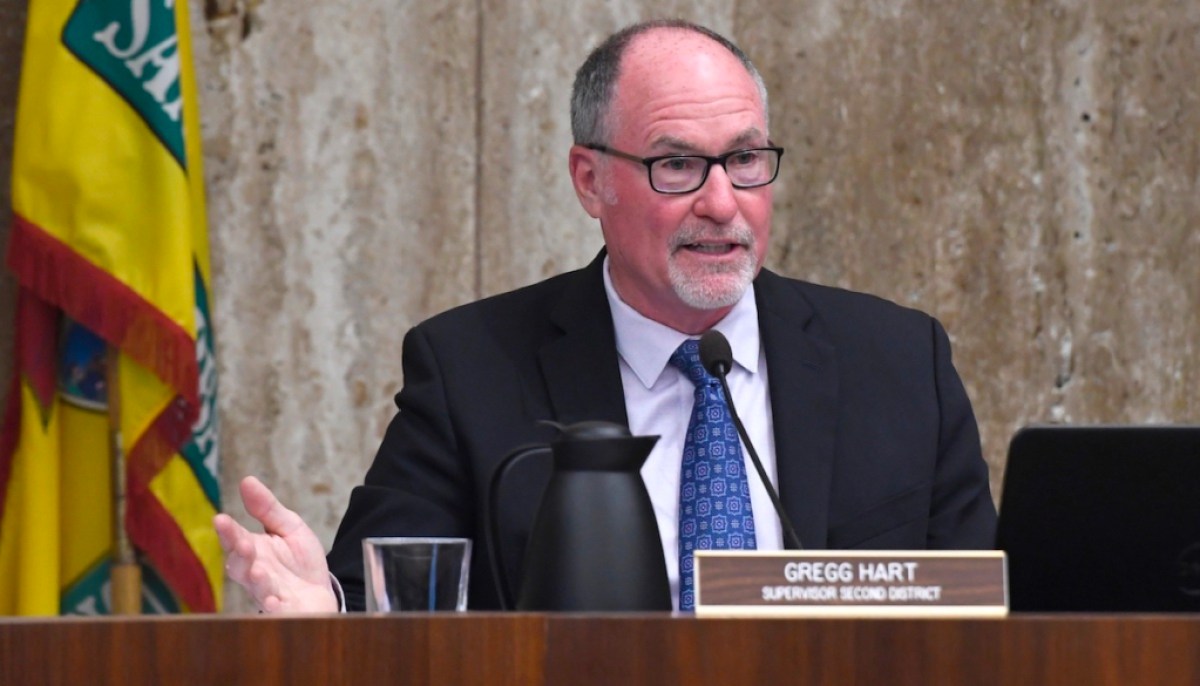
While expressing support for the project, County Supervisor Bob Nelson also spoke of the oil industry with nostalgia. He called it “near and dear to his heart,” saying it has provided billions in revenue to the county and countless jobs to people like his mom, giving her “the opportunity to raise two sons on her own.” However, he emphasized the importance of mitigating the risks from leftover wells and increasing safety for nearby communities.
At the current rate, it would take 75-100 years to plug most idle wells in California. Existing law requires operators to submit management plans and plug 4-6 percent of their oldest idle wells annually, or pay as little as $150 per well to avoid submitting a plan altogether.
Between 2018 and 2021 alone, idle wells in California grew from 29,000 to more than 38,000. To counteract that growing number, Hart says AB 1866 would increase the percentages of idle wells that operators need to plug each year and eliminate the option to pay a small fee in place of a plan.
In the words of Kyle Ferrar, western program director at the nonprofit FracTracker Alliance, Hart’s bill is a “common sense approach” with “essentially the same boilerplate regulatory structure that has already been proven to work in states like North Dakota, Pennsylvania, and West Virginia.”
It’s a push happening nationwide as the Biden administration funds projects to address orphan wells across the country, particularly in disproportionately affected Tribal lands.
Premier Events
Sun, Apr 28
6:00 PM
Santa Barbara
AHA! Presents: Sing It Out!
Thu, May 02
5:00 PM
Santa Barbara
Things with Wings at Art & Soul
Sat, May 04
10:00 AM
Lompoc
RocketTown Comic Con 2024
Sat, Apr 27
11:00 AM
Santa Barbara
Santa Barbara Plant Fest
Sat, Apr 27
3:30 PM
Santa Barbara
Santa Barbara Trapeze Co and Unity Shoppe Spring Food Drive
Sat, Apr 27
8:00 PM
Santa Barbara
Beau James Wilding Band Live
Sun, Apr 28
11:00 AM
Santa Barbara
Santa Barbara Earth Day Festival 2024
Wed, May 01
7:30 PM
Santa Barbara
American Theatre Guild Presents “Come From Away”
Thu, May 02
5:00 PM
Santa Barbara
100th Birthday Tribute for James Galanos
Thu, May 02
5:00 PM
Santa Barbara
Meet the Creator of The Caregiver Oracle Deck
Fri, May 03
4:00 PM
Santa Barbara
Santa Barbara Fair+Expo “Double Thrill Double Fun”
Fri, May 03
8:00 PM
Santa barbara
Performance by Marca MP
Sat, May 04
10:00 AM
Solvang
Touch A Truck
Sun, Apr 28 6:00 PM
Santa Barbara
AHA! Presents: Sing It Out!
Thu, May 02 5:00 PM
Santa Barbara
Things with Wings at Art & Soul
Sat, May 04 10:00 AM
Lompoc
RocketTown Comic Con 2024
Sat, Apr 27 11:00 AM
Santa Barbara
Santa Barbara Plant Fest
Sat, Apr 27 3:30 PM
Santa Barbara
Santa Barbara Trapeze Co and Unity Shoppe Spring Food Drive
Sat, Apr 27 8:00 PM
Santa Barbara
Beau James Wilding Band Live
Sun, Apr 28 11:00 AM
Santa Barbara
Santa Barbara Earth Day Festival 2024
Wed, May 01 7:30 PM
Santa Barbara
American Theatre Guild Presents “Come From Away”
Thu, May 02 5:00 PM
Santa Barbara
100th Birthday Tribute for James Galanos
Thu, May 02 5:00 PM
Santa Barbara
Meet the Creator of The Caregiver Oracle Deck
Fri, May 03 4:00 PM
Santa Barbara
Santa Barbara Fair+Expo “Double Thrill Double Fun”
Fri, May 03 8:00 PM
Santa barbara
Performance by Marca MP
Sat, May 04 10:00 AM
Solvang



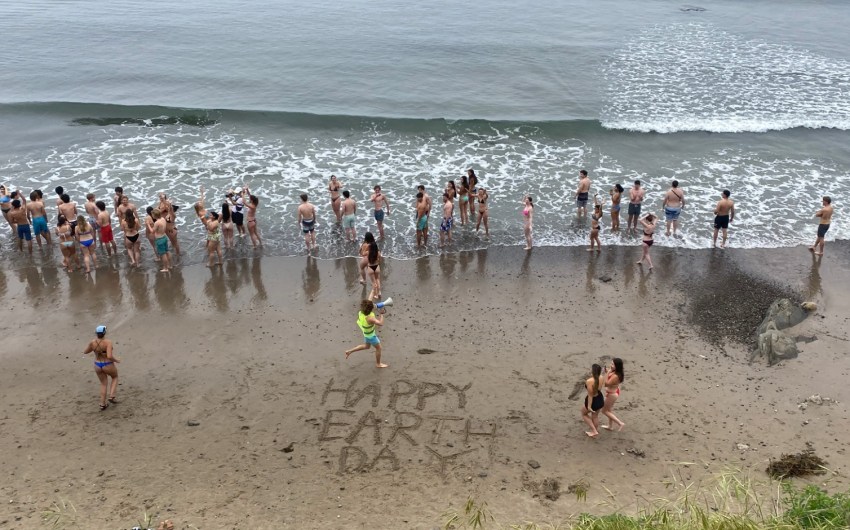


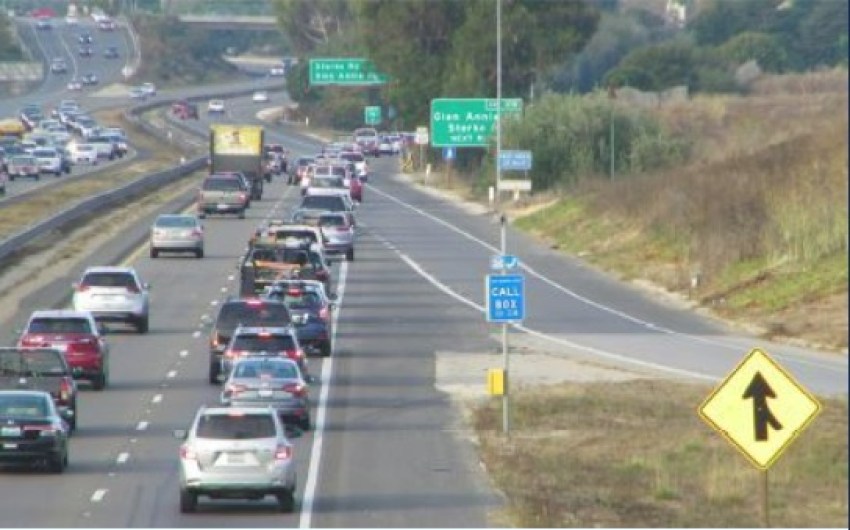



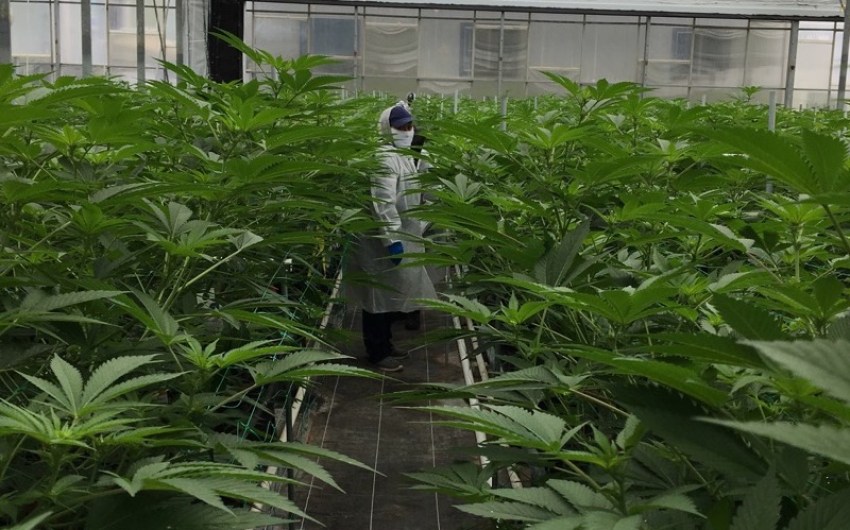
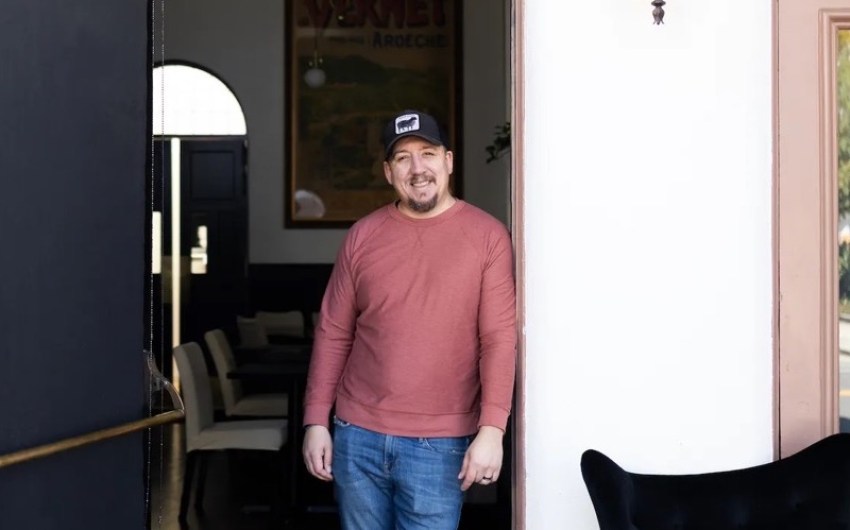

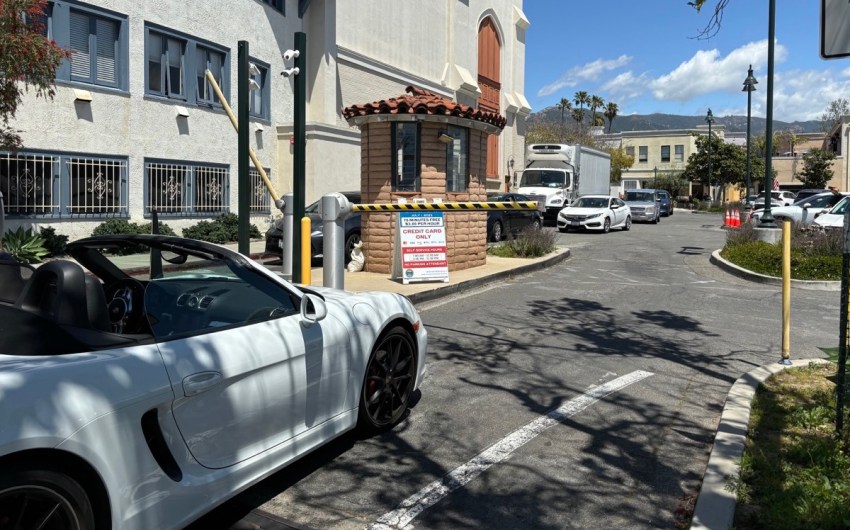













You must be logged in to post a comment.